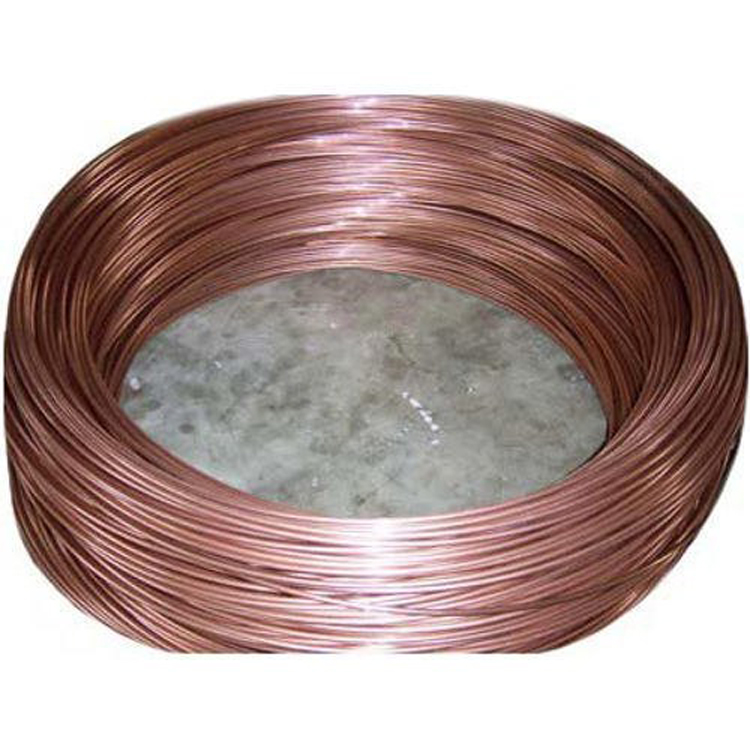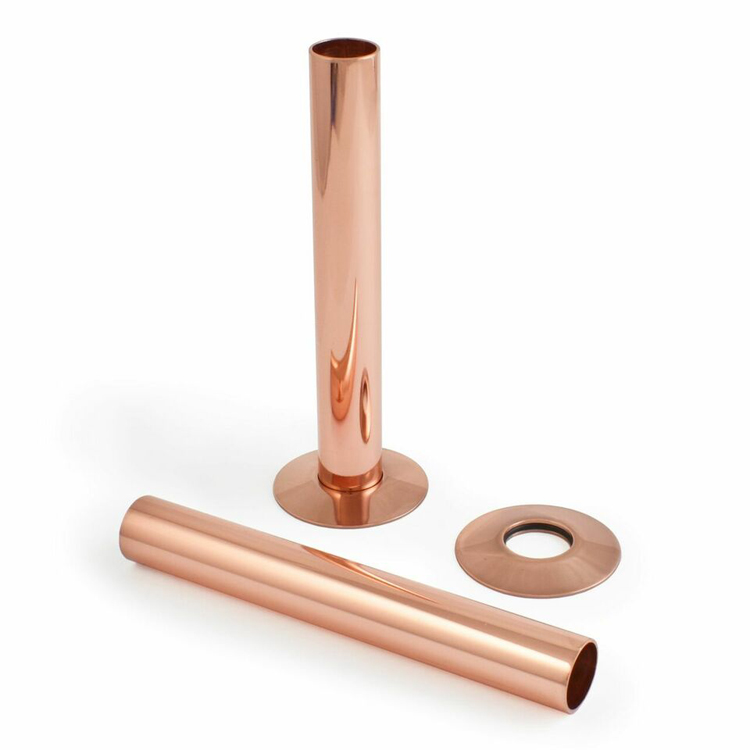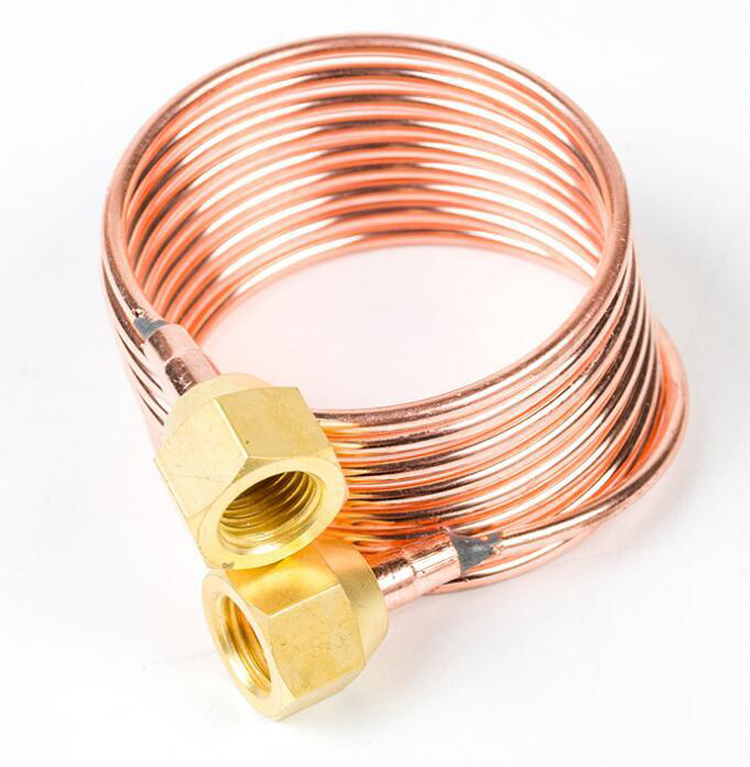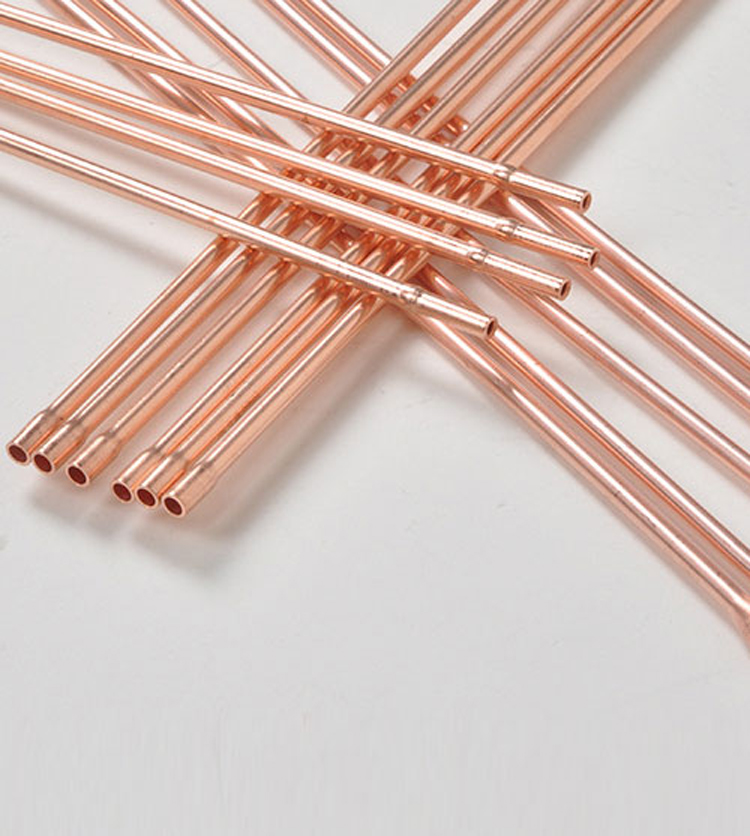What is the difference between 201 stainless steel and 304 stainless steel?
 What is the difference between 201 st...
What is the difference between 201 st...Capillary copper tubes are copper and copper alloy capillaries, generally speaking, copper tubes, brass tubes and other special copper tubes with an outer diameter of 0.5mm~3mm and an inner diameter of 0.3mm~2.5mm.Copper capillaries are widely used in the manufacture of instruments for precision measurements, parts for the manufacture of electronic equipment and other equipment. A copper capillary is an elongated, constant diameter tube.

Capillary tubes are designed to convert high pressure liquid refrigerant into a low pressure refrigerant spray. The magnitude of the pressure drop depends on the length and inner diameter of the capillary.If the tube is clogged because debris has passed through the filter/dryer and partially or completely blocked the capillary, the blockage can be easily removed with this small improved hydraulic jack. An old jack can be used and can be replaced if the pump plunger "O" ring leaks.
Advanced - suitable for copper capillary copper tubes used in household refrigerators, freezers, high-precision instruments and other industrial sectors.

Higher grade - copper and copper alloy capillary copper tubes suitable for higher precision instruments, meters and electronics industries.

Ordinary grade - suitable for copper and copper alloy capillary copper tubes used in industrial sectors such as instruments, meters and electronics with general precision.

Capillary copper tubes are generally used in small Freon refrigeration devices below 10kW. The capillary copper tube is controlled by red copper
The capillary copper tube has a length of 1~6m and an inner diameter of 0.5~2mm. Various combinations of length and tube diameter can make it meet the requirements of refrigerant installations under different working conditions and different cooling capacities, but the capillary copper tube is selected and After installation, it cannot change with the load change. In order to make the refrigeration unit operate with high efficiency most of the time, it is extremely important to select a representative design condition.Capillary copper tubes combine the advantages of metal pipes and non-metal pipes. It is harder than plastic pipes and has the high strength of ordinary metals (the strength of cold-drawn copper pipes is equivalent to that of steel pipes with the same wall thickness); it is easier to bend than ordinary metals, has good toughness and high ductility, and has excellent anti-vibration and anti-vibration properties. Impact and frost heave resistance.

There is no refrigerant in the copper capillary, the water and the drain pipe are attached to the evaporator. The copper capillary is the throttling component in the refrigeration system, which mainly plays the role of throttling and depressurization. In the refrigeration system, the liquid flowing out of the condenser will encounter greater resistance when it passes through the fine copper capillary, so the flow of liquid refrigerant is reduced, limiting the flow of refrigerant into the evaporator, so that the condenser remains relatively stable The pressure difference between the two ends of the copper capillary is also kept stable, so that the pressure of the refrigerant entering the evaporator is reduced, and sufficient evaporation and heat absorption are carried out to achieve the purpose of refrigeration (Note: The copper capillary generally adopts an inner diameter of about 0.6 ~ 2.0mm. The length of the copper tube is determined according to the flow rate determined after the performance of the refrigeration system is matched).
Precautions for the use of copper capillaries:

1) The amount of Freon charged into the system must be precise. Once the diameter and length of the copper capillary are selected, the liquid supply capacity is certain.
2) On the high-pressure side pipeline of the refrigeration cycle, there should be no place where the refrigerant is easy to accumulate, so as to prevent the liquid from flowing into the evaporator when the compressor is stopped, and it is easy to cause a liquid hammer phenomenon when it is restarted. Therefore, the refrigeration system should not be provided with a liquid accumulator.
3) A filter screen is installed in front of the copper capillary to prevent dirt in the system from clogging the inner hole of the copper capillary (called dirty block).
4) The moisture in the refrigeration system should be strictly controlled within the specified range to prevent ice blockage at the low temperature outlet.

5) Since the refrigerant liquid flows into the copper capillary tube from the condenser, it maintains a high temperature in most of the tube length, and is only colder at its end. Therefore, in refrigeration equipment such as refrigerators, the 70cm long section of the copper capillary close to the condenser is often welded or wrapped together with the suction pipe of the compressor to form a regenerator, allowing the condensate to exchange heat with the low-temperature refrigerant vapor. It can not only superheat the suction of the compressor to ensure dry compression, but also supercool the condensate to reduce the generation of flash vapor in the copper capillary, thereby increasing the liquid supply and improving the cooling capacity.
6) According to the needs, several copper capillaries can be used in parallel. At this time, it is necessary to use a dispenser, and through careful adjustment, the working conditions of several copper capillaries are basically the same.
7) The copper capillary must be cleaned and dried, and the flow rate of each copper capillary must be measured before it can be used.
 What is the difference between 201 st...
What is the difference between 201 st... Why is 316 stainless steel better tha...
Why is 316 stainless steel better tha... 400 series stainless steel science
40...
400 series stainless steel science
40... How to distinguish the processing tec...
How to distinguish the processing tec... Non-standard design materials of bras...
Non-standard design materials of bras... What type of titanium alloy does Tc4 ...
What type of titanium alloy does Tc4 ...